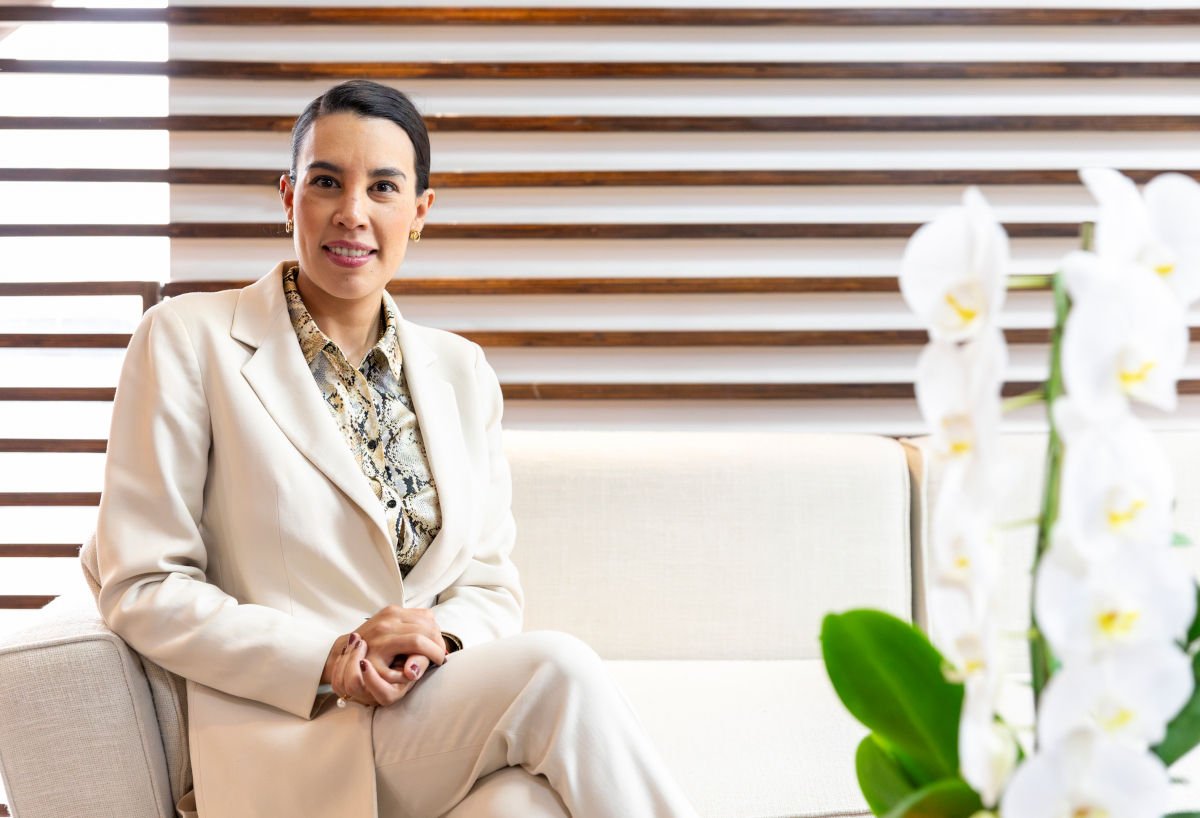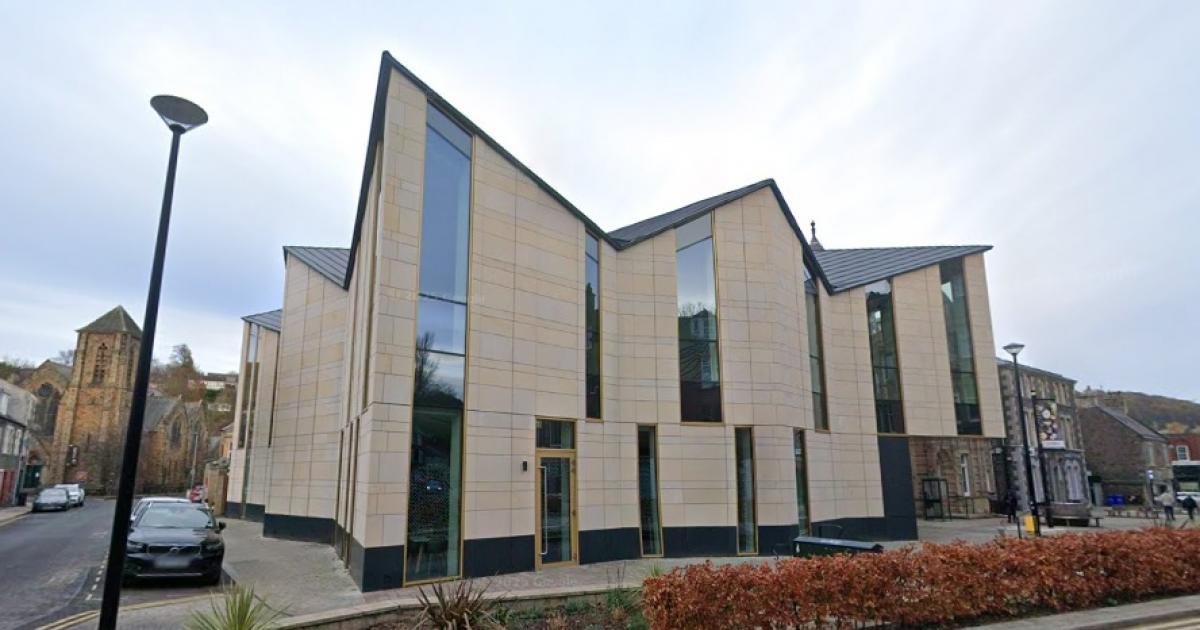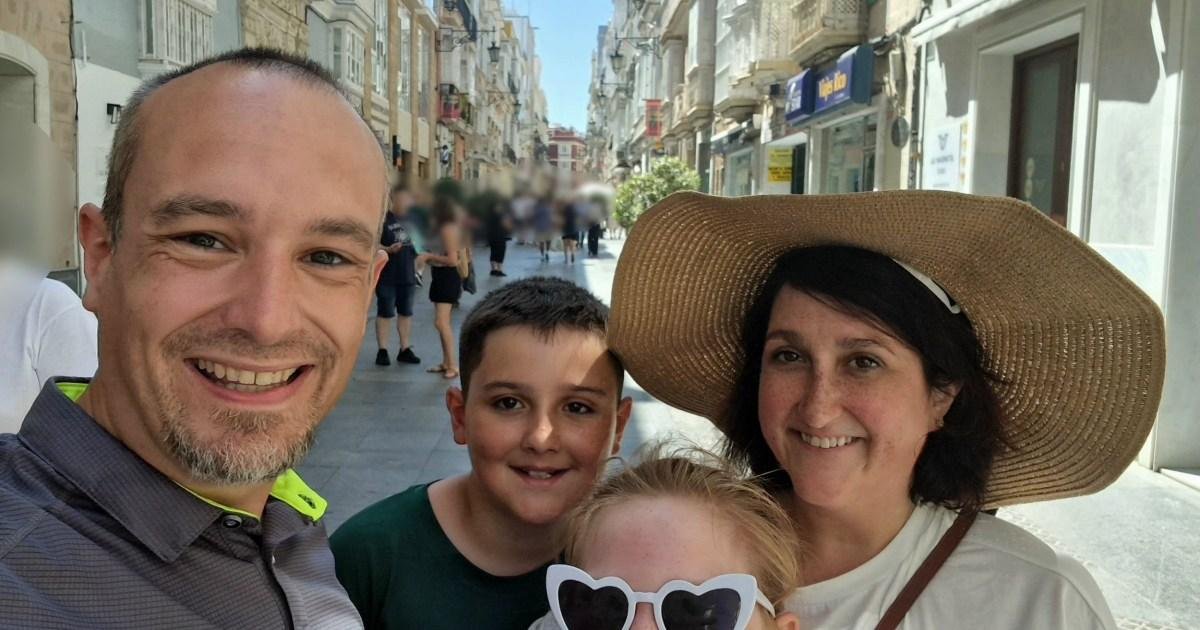Travel is booming in Mexico. According to the nation’s Ministry of Tourism, 39.4 million international visitors arrived in Mexico between January and May, a 14.2% jump from the same period last year.
Mexico’s president, Claudia Sheinbaum, is aiming for even greater growth, with a goal of making Mexico the world’s fifth most-visited country by 2030 — as part of a wide-ranging plan, dubbed Mexico 2030, that focuses on economic development in various sectors.
Leading the government’s charge in the tourism sector is Josefina Rodriguez Zamora, who was appointed Mexico’s secretary of tourism in October 2024 after serving as secretary of tourism for the state of Tlaxcala from 2021 to 2024.
In this interview, Rodriguez discusses various challenges, as well as the ministry’s new take on tourism — which includes a stronger focus on local communities and sustainability, a new tourism campaign and greater collaboration with travel advisors.
President Sheinbaum has been in office since October 2024. How would you describe the new administration’s approach to tourism?
With the government of President Claudia Sheinbaum, tourism is recognized as a pillar of sustainable development. We’ve strengthened interagency coordination, prioritized sustainable investment and ramped up international promotion with new campaigns. The shared prosperity vision remains, but with an even stronger focus on innovation, inclusion and sustainability.
RELATED: Tianguis 2025 Showcases Mexico’s Tourism Growth
The arrival of President Claudia Sheinbaum represents continuity of a national plan with a social vision that’s inclusive and deeply committed to the wellbeing of all Mexicans. Today … we’re establishing a new stage for national tourism, with a focus that’s fairer, more modern and transformative.
One of this administration’s pillars is the strengthening of community tourism — not just as a development tool, but as a way to share the cultural, historical and natural richness of our communities with the world. We want tourism in Mexico to generate shared prosperity, to empower communities and preserve our traditions, languages, knowledge and ecosystems.
How are you moving toward that goal?
Technological innovation and the use of digital tools are fundamental for this new phase. We’re promoting online training platforms, intelligent promotion strategies and connectivity systems that allow more people to discover, experience and visit Mexico more easily.
Credit: 2025 Puerto Vallarta Tourism Board
The key difference is that now, tourism is no longer just an economic sector. It’s a national wellbeing strategy that honors our roots, promotes equity and advances the country toward a future that’s more sustainable, better connected and profoundly human.
Hospitality knows no political borders. Tourism builds bridges.
Does political rhetoric in the United States affect Americans traveling to Mexico?
Mexico maintains a respectful and collaborative stance. What’s most important is that the American people continue to travel to Mexico enthusiastically and frequently. Hospitality knows no political borders. Tourism builds bridges. We focus on delivering experiences so positive that they overcome any prejudice or external rhetoric.
In Mexico City, the government has introduced new restrictions on short-term rentals to combat gentrification. How do you view these challenges?
In Mexico, we firmly believe in tourism as a tool for coming together, for understanding and social development. We’re a supportive people, warm by nature and profoundly proud of our history, our communities and our landscapes. We like to welcome the people who visit as if they were coming home, because we’re great hosts by nature.
Credit: 2025 SECTUR
But we also know that tourism must be responsible. That’s why the government emphasizes the importance of a tourist model that’s sustainable, environmentally respectful and aligned with the needs of local communities. Decrees protect natural areas, and policies support cultural and ecological preservation.
It’s not just a matter of tourists enjoying our beaches, mountains, jungles and Magical Towns. It’s also about how we Mexicans can continue to enjoy and share these spaces for generations to come. We want tourism to coexist with its surroundings, not displace it; to strengthen local identity, not erase it.
We want tourism to coexist with its surroundings, not displace it; to strengthen local identity, not erase it.
That’s why we work hand in hand with communities, emphasizing territorial fairness, so that tourism adds rather than subtracts — and so that tourism development benefits everyone. Our commitment is clear: to preserve what we are and what we have, and to continue proudly sharing it with the world.
How can travelers have a positive impact when visiting Mexico?
We encourage travelers to shop locally, respect customs, avoid exploitative tourism and choose sustainable experiences. Traveling consciously transforms both the communities and the traveler who visits them.
RELATED: How to Better Understand — and Book — Sustainable Travel
How can travelers minimize the negative effects of overtourism?
Mexico isn’t just a nation of sun and beaches — although our coasts are spectacular. We’re also a nation of mountains, jungles, deserts, volcanoes, living communities and towns with history and soul. That’s why we strongly promote community-based tourism: a more conscientious, responsible and respectful way to travel, both for the environment and for each destination’s cultural identity.
These new tourism experiences allow visitors to connect with people, their traditions and their way of life, while at the same time supporting local wellbeing and inclusive development. It’s tourism with a purpose.
RELATED: Visiting Indigenous Communities in the Yucatan Peninsula
There are 177 Magical Towns, each with its own unique charm. From the Huichol art in Nayarit to the living Maya traditions in Yucatan and the Otomi rituals in Hidalgo, Mexico offers routes that break away from the crowds and embrace authenticity.
We invite travelers to explore these lesser-known destinations, to experience Mexico in the heart of its communities, to become part of a new form of tourism — one that transforms and leaves a mark, as much for those who experience it as for those who offer it.
What should travel advisors and their clients know about safety and security in Mexico today?
Mexico is currently experiencing one of its safest periods in years, with steadily declining crime rates that have boosted traveler confidence. This is reflected in the fact that more than half of the international tourists who visit are women, who choose Mexico as a safe and welcoming destination.
Mexico is currently experiencing one of its safest periods in years, with steadily declining crime rates that have boosted traveler confidence.
Thanks to the national security strategy and coordinated work among the three levels of government, this progress is also reflected in the consistent growth in international visitors, especially from the United States and Canada. Travelers come back not just for our beaches and culture; they also come back because they feel welcome and safe.
RELATED: Travel Advisors Report Growing Client Hesitation as Global Uncertainty Rises
Being aware that negative narratives still exist in some international media, we launched the Latidos del Mundo [Heartbeats of the World] campaign, a communication strategy targeting international travelers that conveys a message focused on peace, personal connection and Mexican authenticity. This campaign highlights our strengths: hospitality, natural and cultural richness and the safety that the nation offers as a tourism destination.
You’re looking to work closely with travel advisors. What are the goals of this year’s roadshow?
The Meet Mexico Roadshow 2025 is a very special tour. We’ll be in Chicago, Toronto, Dallas, Houston, San Francisco, Los Angeles, Montreal and New York to strengthen business ties, train travel advisors and showcase Mexico’s diversity beyond just sun and beach. Unlike previous editions, this tour focuses on cultural, culinary and health and wellness experiences, as well as newly emerging destinations. We’re sharing a unified message: Mexico as a country of authentic, safe hospitality, aligned with global trends of conscious travel.
How has the way you collaborate with U.S.-based travel advisors evolved?
We’ve significantly strengthened our work with travel advisors in the U.S., building a strategic relationship that provides ongoing support and up-to-date information.
The Secretary of Tourism offers various training courses and modules through official digital platforms, specifically designed for travel advisors, tour operators and industry professionals. These courses cover key topics such as emerging destinations, wellness tourism, cultural experiences and sustainability, aligned with our diversification strategy. Through these platforms, advisors can access multimedia resources, specialized itineraries and interactive tools to sell Mexico more effectively and distinctively.
Dates for the Meet Mexico Roadshow
Chicago and Toronto: Aug. 25–29
Dallas and Houston: Sept. 9–13
San Francisco and Los Angeles: Oct. 7–11
Montreal and New York: Nov. 10–14























